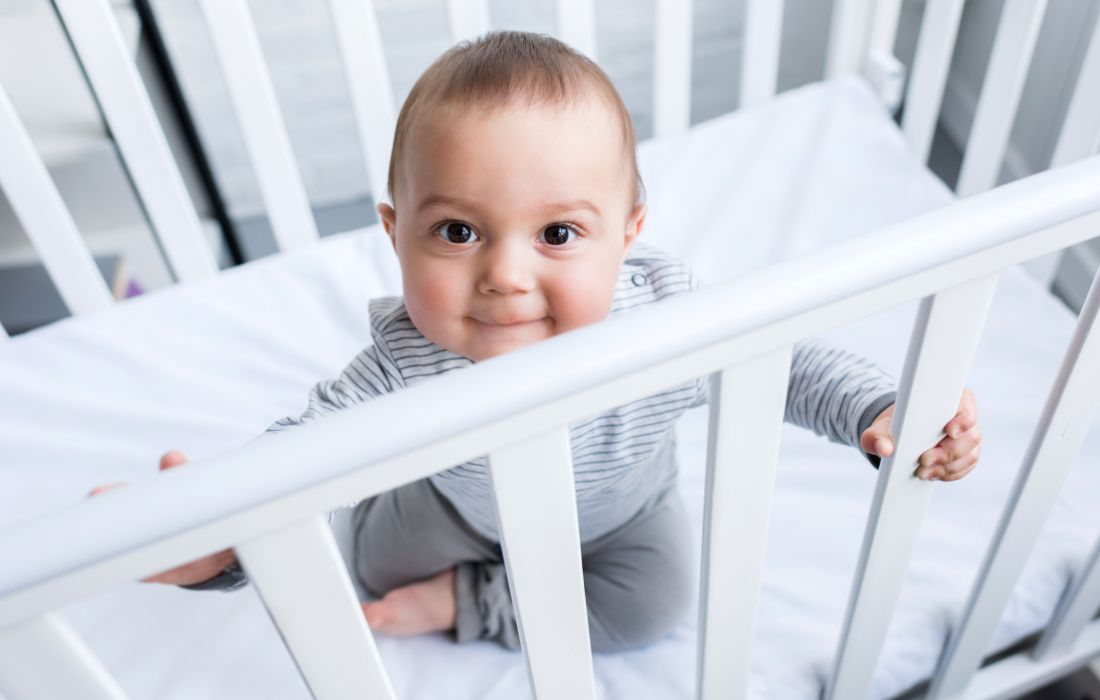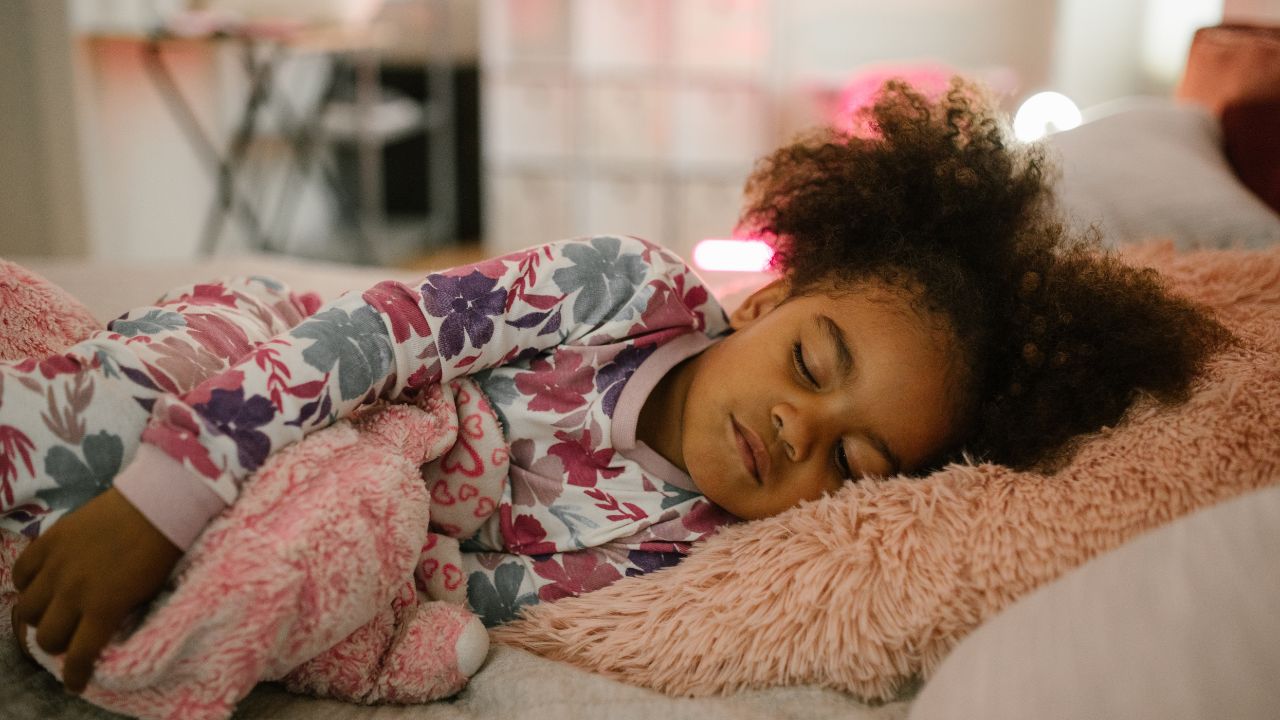This week’s video blog is from Kid’s in the House, a wonderful parenting resource filled with expert advice on hundreds of topics, including sleep. This video will begin to help you understand the importance of putting your child to bed “drowsy but awake. Here’s the transcript:
“A lot of families email me, write to me, or call me and say, “Will you please explain what ‘drowsy but awake’ means?” I usually find that parents lean towards putting their child down more on the drowsy side than the awake side.
Make sure your child is warm, fed, dry, loved, and is aware that they are being put it into their bed. Therefore, you are not “tricking them.” Your goal is to get them almost asleep, but not completely, so they are still aware they are awake. If they are so drowsy that they briefly keep their eyes open and then go right to sleep, they are not not awake enough.
Again, we’re trying to teach them or help them learn the skill of putting themselves to sleep, which is a skill we all have to learn. Hopefully, as adults we have already mastered this skill. In conclusion, if I could rename this term, I would call it “putting your child to sleep more awake than drowsy.”
In many of my articles and in my book (“Good Night, Sleep Tight“), I use the term “drowsy but awake.” It’s important to understand what this means and how it pertains to your child’s sleep habits. If you are having trouble visualizing what “drowsy” is, imagine a scale from one to ten, with one being wide awake and ten being in a deep sleep. You want to put your child down to sleep when she is about a seven or eight on the scale.
Your child should be quite sleepy but awake enough to know that she is going into her crib. If she falls asleep too quickly, in less than five minutes or so, you probably put her down too drowsy. Put her to bed when she’s a tad more alert the next night and ready for bed. It’s crucial to sleep training that your child is “drowsy but awake” so she can learn to do that last part of falling asleep on her own.
Remember the importance of a calm bedtime routine and a peaceful sleep environment. Drowsy but awake becomes less important as children get older. With toddlers and preschoolers the calming bedtime routine of songs and stories prepares them for slumber.
If you have experienced a similar problem, please share your experience on The Sleep Lady’s Facebook Page. Supporting each other makes parenting so much easier!







